Timothy Ley, MD, the Lewis T. and Rosalind B. Apple Professor of Medicine, has been investigating leukemia, particularly acute myeloid leukemia (AML), for decades. A glimpse of his research over just the past 10 to 15 years — featured in journals like Nature, Cell, the New England Journal of Medicine and Journal of the American Medical Association — illustrates how challenging the journey has been, yet it also showcases the resolve that he and his colleagues continue to display in their quest for answers and ultimately cures for this terrible disease.
After the human genome was sequenced in 2003 (after nearly 13 years of research and more than $2 billion in funding), Ley proposed an audacious plan to find all the mutations associated with AML, which is a heterogeneous set of diseases with many subtypes. He approached Rick Wilson, then director of the university’s Genome Sequencing Center (now the McDonnell Genome Institute), with the idea, and they both knew it would be too daunting and too expensive to do at the time.
Yet they prepared for a day when the cost of sequencing would go down and speed would go up. Banking the right samples from people with AML, and tracking their disease to identify all the laboratory and clinical features, Ley and John DiPersio, MD, PhD, the Virginia E. & Sam J. Golman Professor of Medicine and chief of the Division of Oncology, and their colleagues laid the groundwork for research to come. In 2007, a technical breakthrough — next-generation sequencing — dropped the cost of sequencing a genome by nearly 1,000-fold and allowed them to proceed.
Cobbling together funding from various sources, the team from the Genome Sequencing Center and the oncology division began the initial sequencing work. But funding ran short, and none of the usual sources were willing to pitch in at the time. The work was new, unproven, expensive and risky. Soon thereafter, however, they received a visionary gift from Alvin Siteman to conduct whole genome sequencing on two patients with AML; these were the first cancer genomes to be sequenced in the world. The aim was to begin to define AML-specific mutations that could identify who would do poorly and who would do well after therapy. Each AML sample had about 1,000 mutations, but only 10 to 15 were in genes. This work catapulted their efforts into the national spotlight and was featured on the front page of The New York Times.
These findings created a blueprint for cancer genome sequencing and allowed the team to acquire major long-term funding from the National Cancer Institute. The WashU team then collaborated with The Cancer Genome Atlas to sequence hundreds of AML cases. This work led to the discovery of nearly all the genes mutated in AML patients and provided the foundation for a new understanding of the disease.
“The grand idea was that by retrospectively analyzing banked samples (from patients whose outcomes were known), we would be able to recognize mutations that would better predict who was going to do well and who wasn’t. We could then reclassify our patients and tailor therapy for each person. But it didn’t work out that way,” says Ley, associate director of the McDonnell Genome Institute. “It turned out to be far more complicated than it had looked to be on first blush.”
Their early studies of AML, however, led to an important understanding of the problem: clonal heterogeneity, which, according to Ley, is now at the center of all cancer genomics.
Their early studies of AML, however, led to an important understanding of the problem: clonal heterogeneity, which, according to Ley, is now at the center of all cancer genomics.
In short, when cancer cells are placed under therapeutic bottlenecks — when treated with drugs that try to kill them — some will adapt in response, “kind of like Roundup-resistant weeds in soybean fields,” while others will be resistant up-front.
“AML tumors turned out to be clonally complex even before therapy, which was a great surprise to us,” Ley says. “Every AML has a founding clone and also unique subclones (each with a unique set of mutations). It turned out that our existing therapies often eliminate only some AML subclones in a particular patient, and the resistant ones rise again to cause a relapse.”
This finding has been extrapolated to most other cancer types in adults and represents one of the greatest challenges in cancer therapeutics. “Regardless of how difficult this problem is, it is important that we discovered the truth about it,” Ley says.
Thinking about how to clinically address the clonal heterogeneity problem, the team used each patient’s own AML cells to assess how different subclones respond to initial therapy. They sequenced AML samples from patients at presentation and then again after their initial therapy to see whether the mutations were cleared by the treatment. Surprisingly, about half of the patients — who were thought to be in remission using standard methods — had not cleared all of their mutations, and they relapsed a year earlier than the patients who did clear all measurable disease. This study has moved forward to a prospective trial to determine whether serial sequencing can help assign risk and help clinicians pick the least toxic and most effective therapy for each intermediate-risk AML patient who seeks treatment at Siteman Cancer Center.
The same serial-sequencing approach was also recently used by the group to define which patients were responding to a less toxic form of therapy with a drug called decitabine, which is often used in older AML patients who cannot tolerate the aggressive therapies used in younger, more fit patients. This study provided yet another surprise: Patients with the most lethal form of AML, harboring mutations in a gene called TP53, all responded favorably to this milder form of therapy. Again, these results have led to the development of new clinical trials using this therapy earlier for patients with this mutation, which truly represents the central goal of precision medicine: matching the mutation to the right drug.
In the 60 percent of AML patients who have an intermediate risk of relapse, some respond well to conventional treatments, while others do very poorly. “When we started these studies, the mutations associated with this kind of AML were not understood. These patients represented the biggest therapeutic conundrum in the field,” Ley says. After years of research, Ley and his team now understand the initiating events for most of these cases, including the 35 percent who have mutations in the gene DNMT3A, which was discovered in the first AML genome the team sequenced. “The discovery of the major initiating mutations for this kind of AML was crucial,” Ley says, “because it has allowed us to begin to think about new approaches to target these mutations.”
“We now have a sound understanding of the problem: the mutations that we need to go after aggressively, the ones we can go after less aggressively, the nature of the mutations that need to be targeted and why patients relapse.”
Timothy Ley, MD
Currently, the only AML-initiating mutation that can be targeted specifically is a fusion gene that causes one subtype of AML, called acute promyelocytic leukemia (APL), which comprises about 10 percent of cases. APL patients are now routinely treated with drugs that destroy the protein that initiates the disease — without traditional chemotherapy — and nearly 95 percent are cured. “This is the poster child for what we want to do for all AML cases: find drugs that eradicate cells harboring the initiating mutations. And now that we know what these mutations are for nearly all patients, we have new hope that we’ll find novel ways to target them,” Ley says.
Ley admits that his team still has a lot of work to do, but they at least know the face of the enemy. “We don’t have everything solved,” he says, “but we now have a sound understanding of the problem: the mutations that we need to go after aggressively, the ones we can go after less aggressively, the nature of the mutations that need to be targeted and why patients relapse.”
[Note: According to Timothy Ley, this ongoing work has been a team effort. In the Division of Oncology, in addition to Ley and John DiPersio, key members of the team have included the following: Daniel Link, MD, the Alan A. & Edith L. Wolff Professor of Medicine; Timothy Graubert, MD; Matthew Walter, MD, professor medicine; Michael Tomasson, MD; John Welch, MD, assistant professor of medicine; Lukas Wartman, MD, assistant professor of medicine; Peter Westervelt, MD, professor of medicine; Jeffrey Klco, MD, PhD; David Spencer, MD, assistant professor of medicine; Matthew Christopher, MD; Michael Rettig, MD, associate professor of medicine; Eric Duncavage, MD, associate professor of pathology & immunology; Jacqueline Payton, MD, assistant professor of pathology & immunology; Mark Watson, MD, associate professor of pathology & immunology; Sharon Heath and Jack Baty. At the McDonnell Genome Institute, key contributors have included Richard Wilson, PhD; Elaine Mardis, PhD; Li Ding, PhD; Chris Miller, PhD; Malachi Griffith, PhD; Obi Griffith, PhD; Allegra Petti, PhD; David Larson, PhD; Michelle O’Laughlin, Catrina Fronick, Bob Fulton and Lucinda Fulton. Numerous others have also made important contributions to this body of work. Finally, none of the work could have been done without the willing participation of the patients and families who participated, who are also team members in the truest sense of the word.]
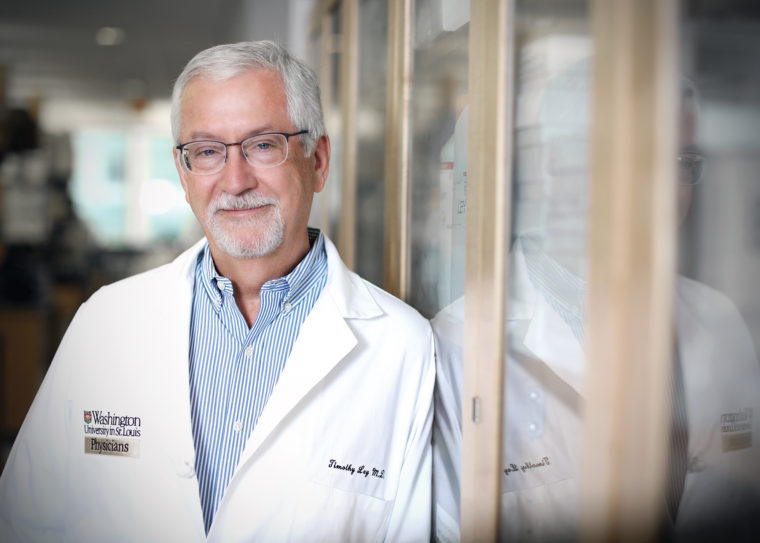
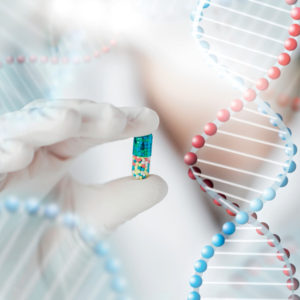
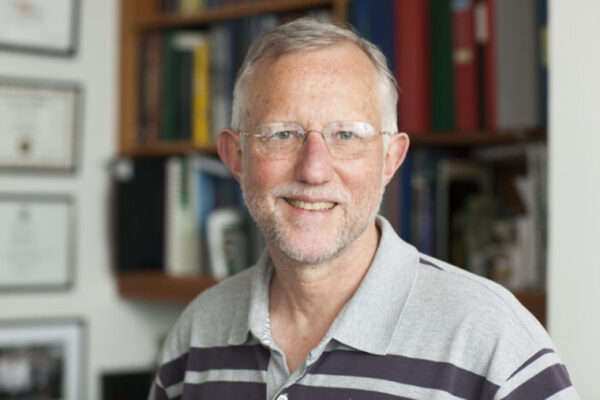
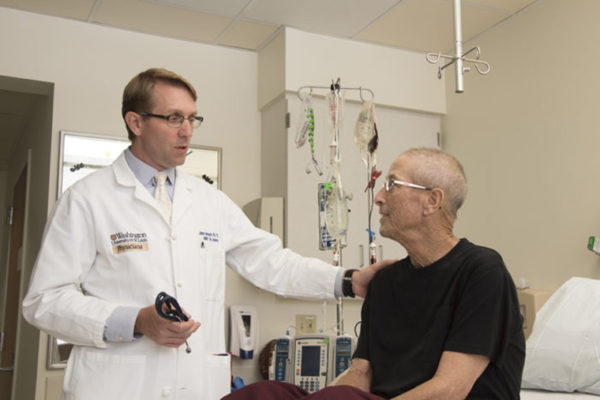
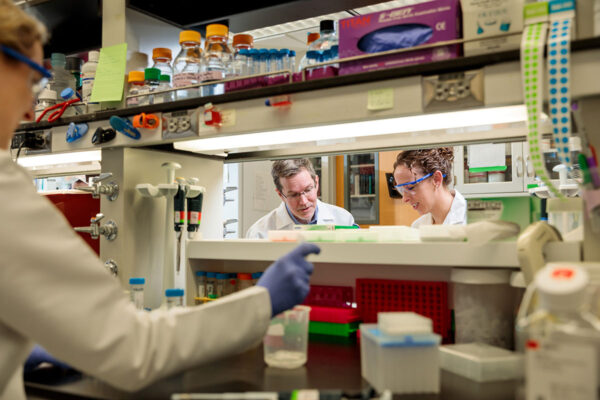
Comments and respectful dialogue are encouraged, but content will be moderated. Please, no personal attacks, obscenity or profanity, selling of commercial products, or endorsements of political candidates or positions. We reserve the right to remove any inappropriate comments. We also cannot address individual medical concerns or provide medical advice in this forum.